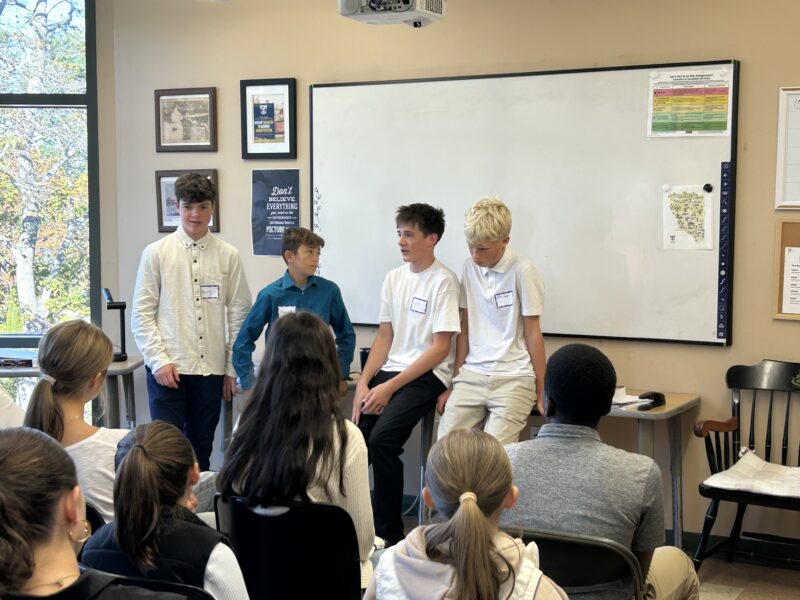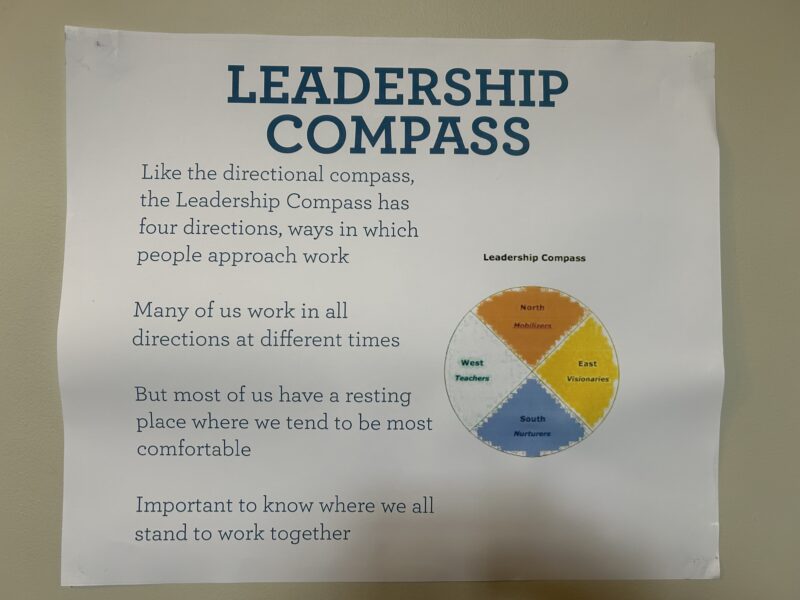
The 3 Phases of Leadership Development have their roots in what has been commonly known at Hyde as the EEMO Scale: Excellence, Effort, Motions, and Off-Track. A brief explanation follows.
In the mid-80s we first developed this scale to reflect the stages of growth that Hyde students seemed to experience in a wide range of activities.
1. Off-Track Unwilling or unable to meet basic expectations… The off-track student requires a high level of supervision, often has little regard for the ethics of the school, and typically exudes a negative attitude and a disrespectful tone… On multiple fronts, this student seems to ooze the message, “I really don’t want to be here.”
2. Motions The motions of responsible behavior… While this student might show up on time, do his/her work, and meet minimal expectations, he/she tends to be teacher-directed, seemingly motivated primarily by desire to stay out of trouble.
3. Effort This student begins to demonstrate initiative, responsibility, accountability, and a productive work ethic… He/She begins to show an enterprising curiosity and strives to perform well in and out of the classroom.
5. (And I’m intentionally skipping No. 4.) Excellence This student sets a high standard for self and others… He/She reflects a high level of both Performance and Moral Character (see the excellent work of Thomas Lickona) and embodies Brother’s Keeper in the truest sense.
4. Consistency A new addition to the EEMO Scale this year… Some students, upon ascending to the Effort stage, reserve the right to pop back down to Motions (or even Off-Track) upon occasion. When added to the Effort phase, Consistency makes Excellence a logical next step. And without Consistency, not only will the student never reach Excellence, it’s questionable whether he or she actually belongs in the Effort phase.
Years ago I wrote a brochure on the EEMO model. (Feel free to contact me for a copy.) In concluding that brochure, I used my late ‘80s women’s soccer team as an analogy of the three phases of Motions, Effort, and Excellence at work. I noted that in almost any grouping of individuals at Hyde – e.g., my soccer team, a Spanish class, a dormitory wing, etc. – you will see these three phases at work. There will be a group of students who would rather be doing something else, exhibiting negative attitudes and the like; there will be a group of students meeting minimal expectations; and there will be a group striving for personal best and creatively coming up with ways to help their peers do the same.
So, it could be said that the 3 Phases of Leadership Development simply represent a deliberate attempt to better address the reality that has already evolved. As I now turn my attention to those three phases, you will undoubtedly see the parallels between the Phases and the EEMO scale.
Onward, Malcolm Gauld



